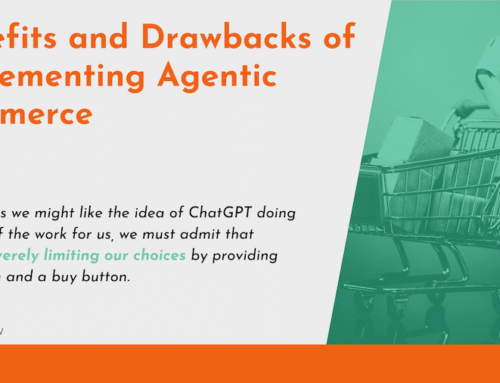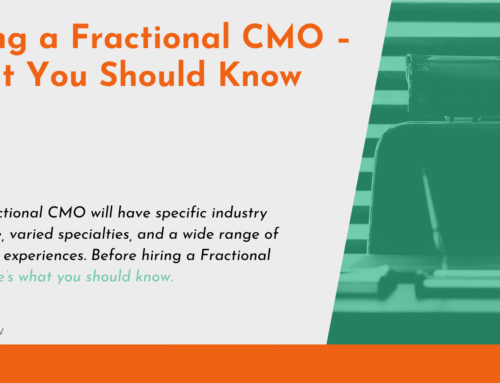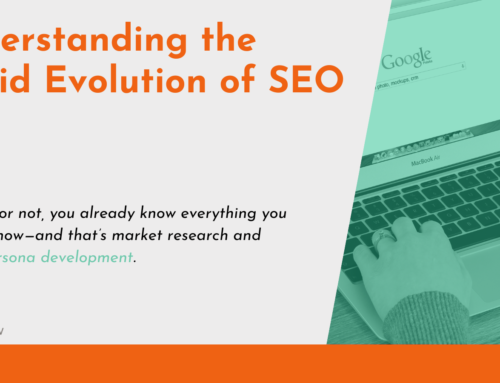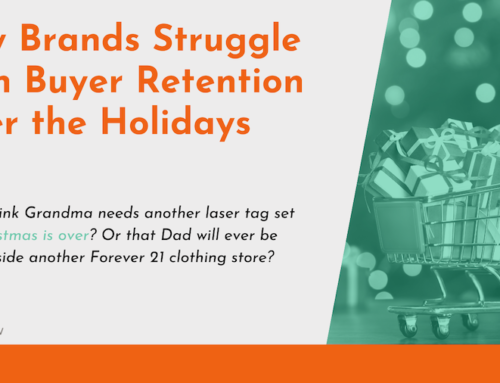Sales and marketing might sound like two similar things, and while they’re certainly related, they each have their own approaches and goals when it comes to garnering leads and closing deals. Sure, they’ve worked fine as separate teams for as long as they’ve been around, but when sales and marketing put their heads together, the results can be phenomenal.
Sales + Marketing = Smarketing
According to HubSpot, smarketing is the “alignment between your sales and marketing teams created through frequent and direct communication between the two.” Goals can be reached in a much quicker, more efficient manner through smarketing.
Traditionally, the world of sales without marketing has been somewhat disruptive. Approaches like cold-calling and unsolicited ads are basically shots in the dark. You can fire all you want to, but you’re never guaranteed to hit your target audience. This is where marketing proves its value. Whereas sales are focused on numbers and end goals, marketing concentrates on the journey toward that end goal.
A Common Language
In order to align sales and marketing properly, you’ll need to create a common language between the two. For example, the sales funnel has been used for decades to measure stages of buyer readiness (leads, prospects, and customers). The marketing equivalent to the sales funnel is known as the buyer’s journey (awareness, consideration, decision). Even though these two tools use different metrics, they actually align pretty well. Basically, leads are in the awareness stage of the buyer’s journey. Marketing helps turn them into prospects by identifying their point of pain and providing valuable content. Prospects move into the consideration stage, where you can market to them by offering free resources and showing them what your brand does. Once they’ve decided how to solve their problem, prospects move into the decision stage and become customers.
Sales Without Marketing is Like Proposing Marriage on the First Date
Any good relationship requires a courting period. Think of marketing as dating and sales as marriage. The best way to develop a relationship with a lead is to offer relevant content like educational blogs and how-to guides. This allows you to take a cold lead’s hand and guide them through the sales process in a gentle way, reading their level of engagement to determine where they are in the buying process and responding in kind by presenting the right information. Sticking with the lead throughout the journey means you will be top of mind when they’re ready to become a customer. In keeping with the courting analogy, dating is even important after marriage. “Date” your customer by continuing to provide educational content and offers. This will help you nurture that relationship past the point of sale, letting the buyer know that you’re there for them and ready to help with whatever post-sale needs they might have.
Marketing builds brand awareness by identifying a lead’s point of pain and educating them through valuable content that helps them solve a problem. As thought leader and bestselling author Seth Godin says, “Selling to people who actually want to hear from you is more effective than interrupting strangers who don’t.”
After all, who doesn’t want to hear from someone who’s offering to help?






